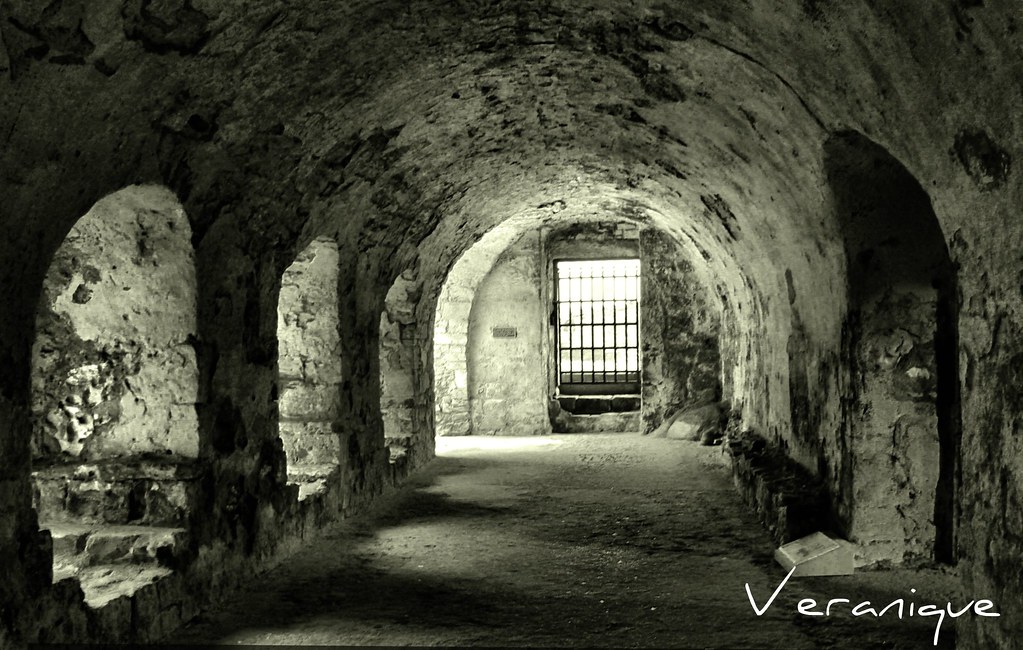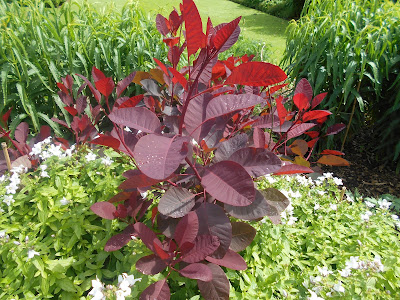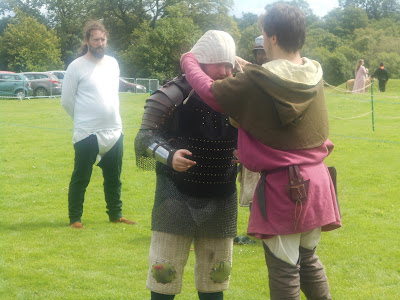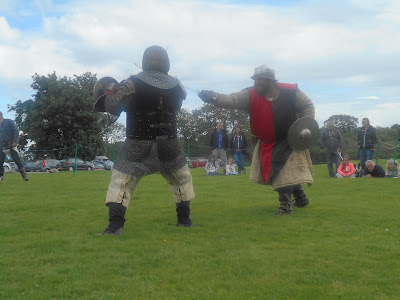| On the left is the Forth Road Bridge and on the right is the Forth Bridge which services the railroad. The Forth Bridge was built in 1890 and is 8,296' long. It is made of steel and actually expands to 3' longer in the summer than the winter. It is twice as strong as it needs to be because the previous bridge, the TAY Bridge collapsed killing 100 people aboard the train as it traversed the bridge in 1879. It took 5,000 men 7 years to complete the bridge and 57 men lost their lives while working on it. 51,000 pounds of steel and 6.5 million rivets were used to complete the 365' structure. |
 |
| The poles are 12' in diameter. |
for damage.
This bridge will be ready for use in fall of 2016 all things being equal. It will take over the traffic from the Forth Road Bridge which then will only travel by buses.
















 In the 1700s this half of the room was for the humans and at night the other half of the room was for their animals so keep them from being taken.
In the 1700s this half of the room was for the humans and at night the other half of the room was for their animals so keep them from being taken. The roof was made of thatch on the top but underneath were twigs and branches that were open to the outside. Many times seeking warmth, dogs and cats would crawl in. Thus the term, Raining Cats and Dogs. The mattresses were filled with heather stems which are not very soft.
The roof was made of thatch on the top but underneath were twigs and branches that were open to the outside. Many times seeking warmth, dogs and cats would crawl in. Thus the term, Raining Cats and Dogs. The mattresses were filled with heather stems which are not very soft.



 The furnishings were ordered in and the boxes that they were shipped in were fashioned into other necessities of life.
The furnishings were ordered in and the boxes that they were shipped in were fashioned into other necessities of life.























































